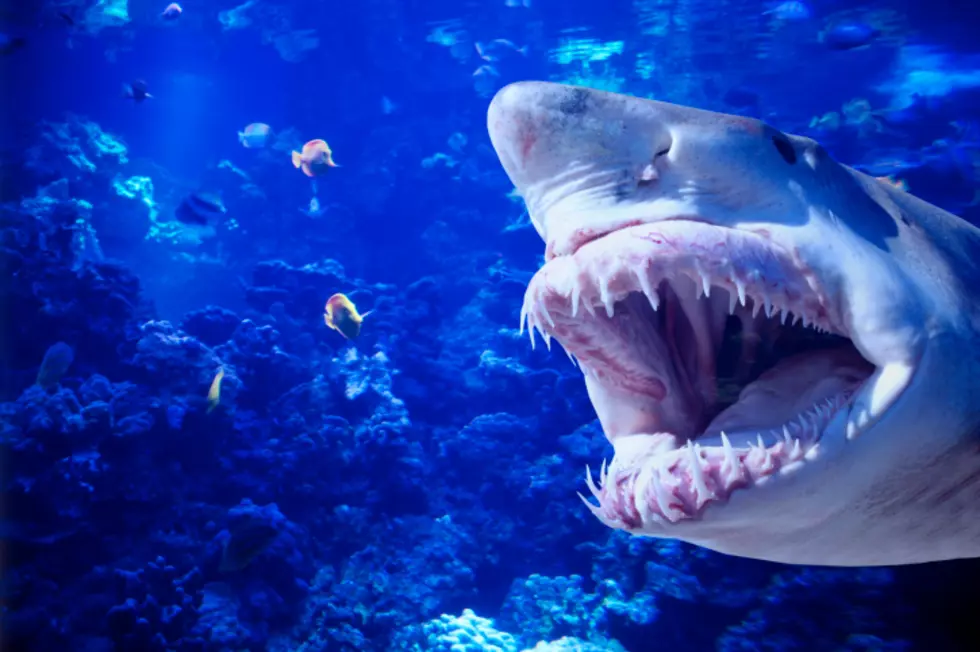
Remembering the Jersey Shore shark attacks of 1916
Over a hundred years ago, fear gripped the residents of New Jersey as a series of shark attacks had people on edge.
The attacks took place between July 1 and 12, leaving four people dead and another injured. The attacks took place during an unusually hot summer, meaning the shore was packed.
The first attack took place in the water off Beach Haven on LBI on July 1, 1916. A Philadelphia man, Charles Vansant, who was staying at the Engleside Hotel , went swimming before dinner. Other guests heard him screaming not long after he entered the water and believed he was yelling to a dog on the beach. A lifeguard and a bystander went out to help him and found that his left thigh had been bitten off; they got him back to the hotel, but he died on the manager’s desk.
The next attack was on July 6th in Spring Lake. Charles Bruder, who worked at the Essex and Sussex Hotel, was swimming, as the New York Times described “far out beyond the outer life lines” when he was attacked. Two lifeguards launched a lifeboat to try to save him as the “crowd on the beach watched in suspense and fear.” The lifeguards pulled him out of the water but his left leg had been bitten off above the knee and his right leg just below the knee. They got him to the beach and tried to bandage his wounds but he died as they were trying.
The next two attacks took place in the Matawan Creek near Keyport six days later. Eleven-year-old Lester Stillwell was swimming in the creek with friends. Stillwell was attacked and pulled underwater by the shark. His friends ran to town to get help and one of the men responding, Stanley Fisher, jumped in the creek to try to save Stillwell, but it was too late. The boy was already dead. As Fisher carried the lifeless boy out of the water, the Asbury Park Press writes he was attacked by the same shark. Fisher bled to death at a Long Branch hospital.
The final attack of the summer happened about 30 minutes later in the same vicinity; a 14 year old New York City boy was attacked, and bitten on his leg but was saved by his brother; he was taken to the hospital and, after a lengthy recovery, survived.
To say the attacks touched off a panic would be putting it mildly. Jersey Shore towns tried to lure anxious bathers back to the water by erecting nets to keep sharks out. Squadrons of boats traversed up and down the coast in search of sharks. Shore towns lost millions of dollars (in today’s value) because people just stayed away and hundreds of sharks were killed off the East Coast. President Wilson even convened a panel to study the problem.
While some people believe Peter Benchley’s novel “Jaws” was based on these attacks, others claim it was inspired by a 4,500 pound great white shark that was caught off the Long Island coast in the 1960s. For what it’s worth, Benchley lived primarily in New Jersey when he wrote the book. (and the 1916 attacks are mentioned in the movie).
Opinions expressed in the post above are those of New Jersey 101.5 talk show host Bill Doyle only.
You can now listen to Deminski & Doyle — On Demand! Hear New Jersey’s favorite afternoon radio show any day of the week. Download the Deminski & Doyle show wherever you get podcasts, on our free app, or listen right now.
Click here to contact an editor about feedback or a correction for this story.
8 sharks you may find off New Jersey's coast
15 sensational places to visit in Seaside Heights and Seaside Park
UP NEXT: See how much gasoline cost the year you started driving
More From New Jersey 101.5 FM









